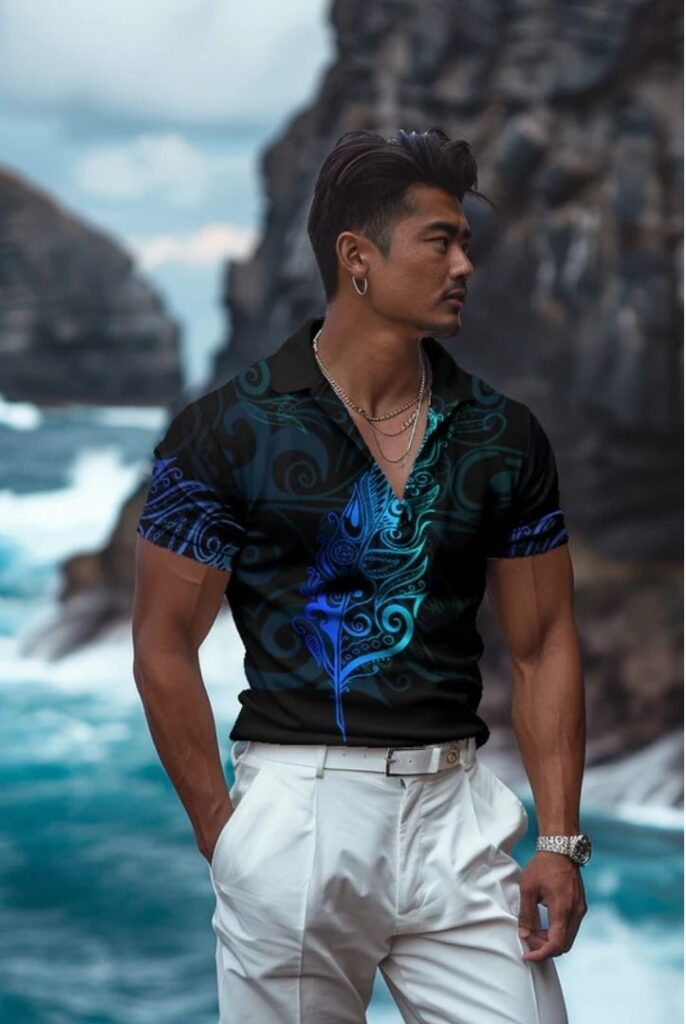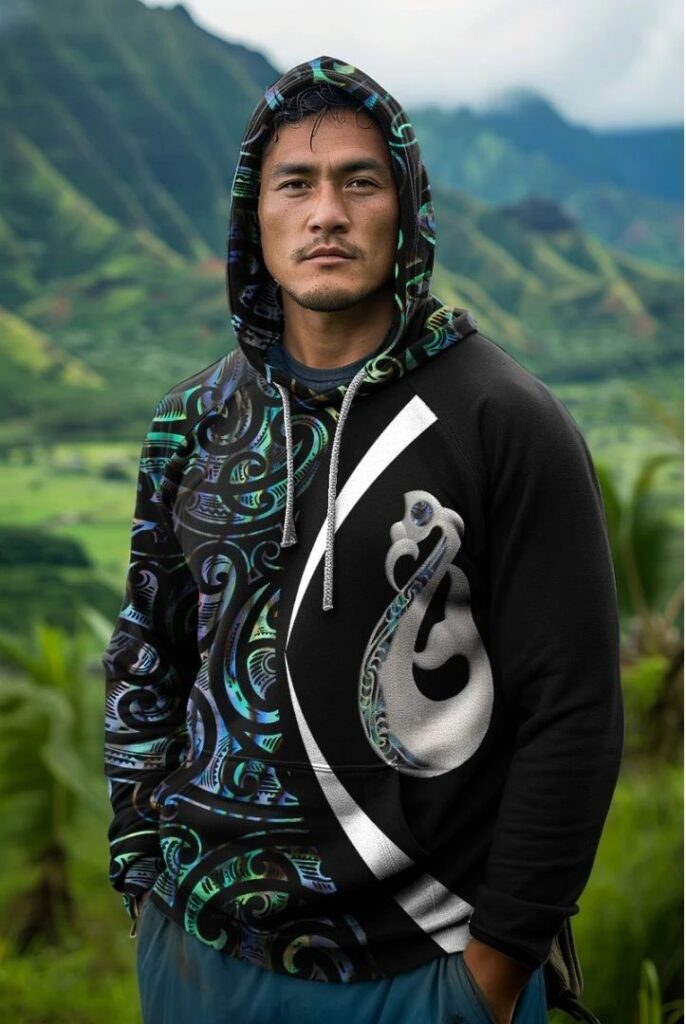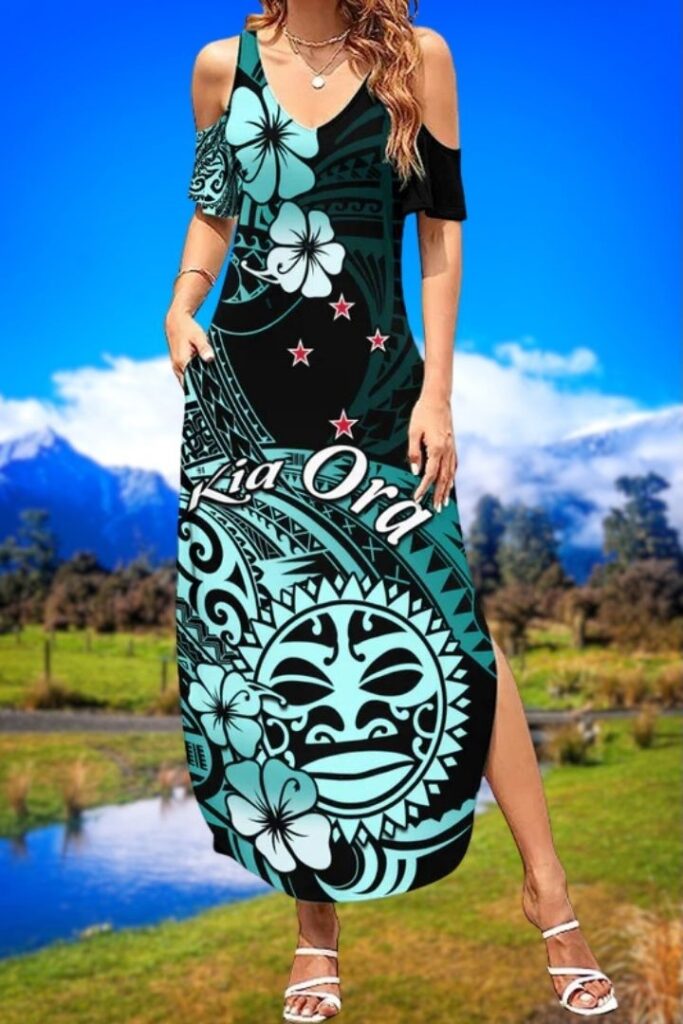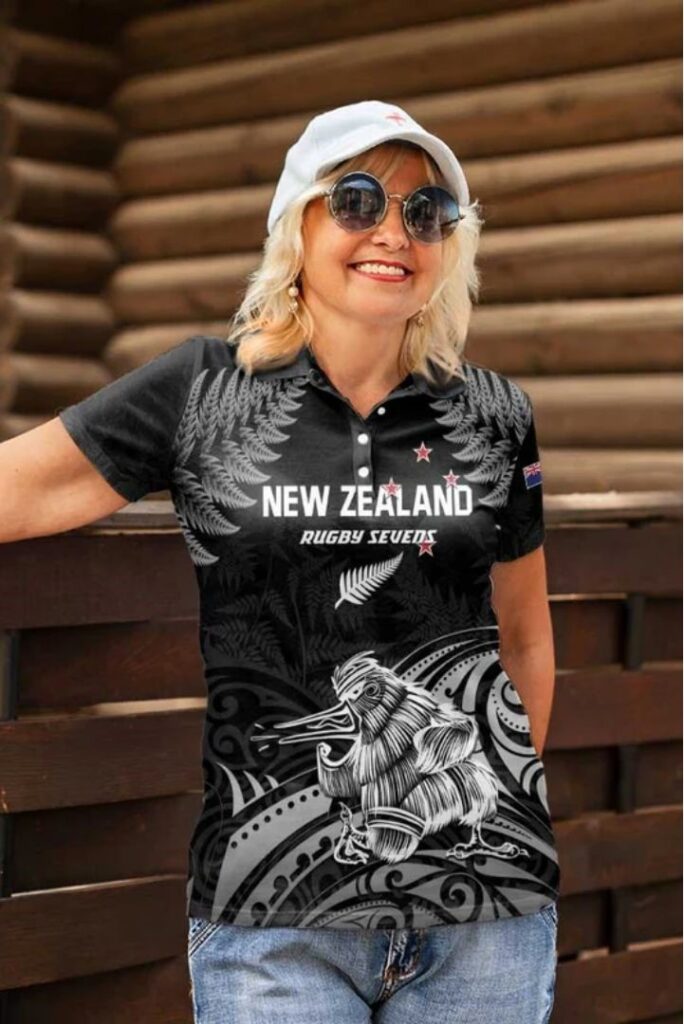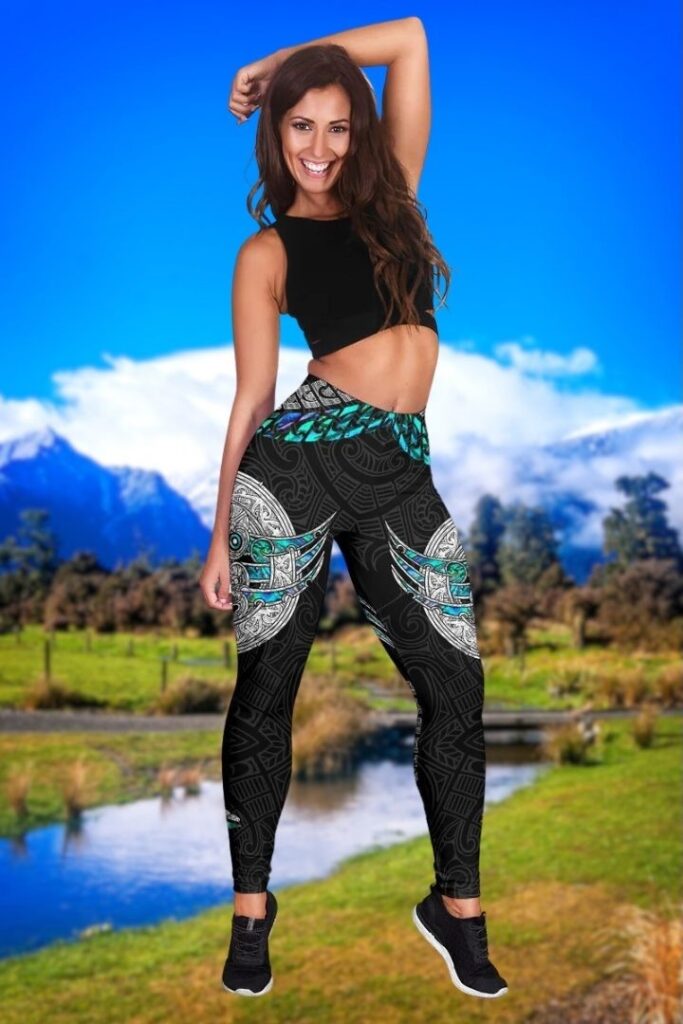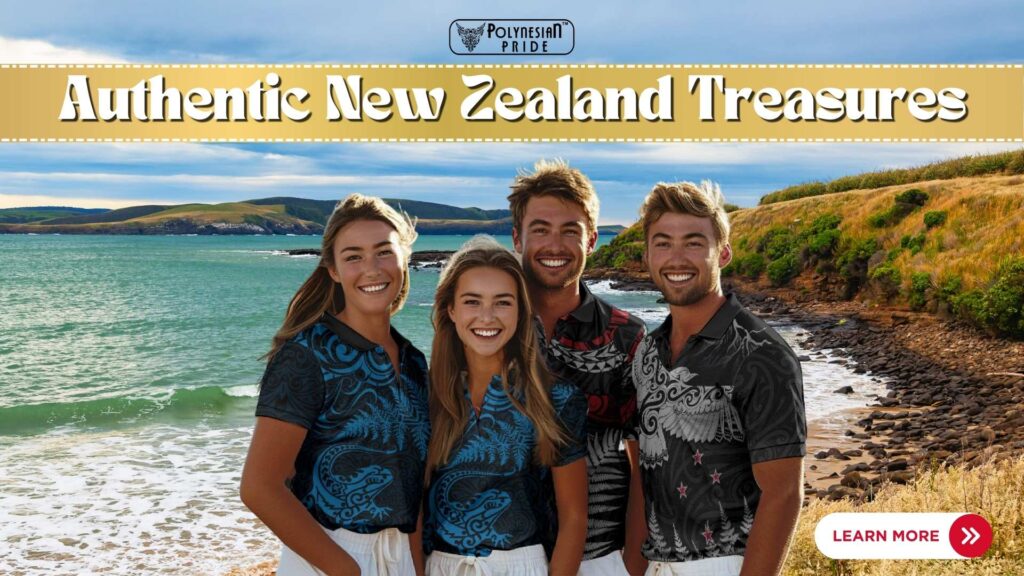Maori Traditional Clothing: A Timeless Cultural Treasure

Kia Ora!
Māori traditional clothing is more than just fabric – it carries deep cultural and spiritual significance. Every woven thread and feather tells a story of ancestry, status, and connection to the land. But how did these garments evolve over time? What makes them so sacred in Māori culture? In this article, we’ll explore the origins, meanings, and enduring legacy of Māori traditional clothing, unraveling the artistry and symbolism behind each piece.
The Evolution of Maori Clothing
Māori traditional clothing has evolved over centuries, shaped by Polynesian heritage, environmental adaptation, and European influence.
Early Polynesian Influence
Early Māori clothing was heavily influenced by Polynesian practices, utilizing natural fibers such as harakeke (New Zealand flax) and other plant-based materials. These materials were abundant and suitable for weaving into garments like kākahu (cloaks), designed to provide warmth and protection. The designs and styles of these early garments reflected both functional needs and cultural symbolism, serving as a testament to the resourcefulness and creativity of the Maori people.

Impact of European Contact on Maori Clothes
In the 18th century, European traders introduced wool, cotton, and new styles, leading Māori to adapt while preserving tradition. As foreign fabrics spread, traditional weaving declined, but Māori weavers blended old techniques with new materials, ensuring their cultural identity endured.

Key Elements of Māori Traditional Clothing
From the feathered cloaks of chiefs to the rhythmic sway of flax skirts in haka performances, these elements define the essence of Māori tradition and New Zealand traditional clothing.
Korowai (Cloaks)
The korowai is one of the most revered garments in Māori culture. Wearing a korowai symbolizes mana (authority) and deep ancestral ties, marking prestige and significance, particularly for leaders and elders.
Materials
Korowai are traditionally crafted using:
- Muka: Prepared flax fiber
- Kiwi feathers: Distinctive hair-like feathers
- Dog skin: Skin of the Polynesian dog that accompanied early Maori to Aotearoa



Designs & Patterns
Each korowai features unique woven patterns, each carrying deep cultural significance:
- Patiki: Lozenge or diamond shape representing the flounder
- Kaokao: Zigzag lines forming chevron patterns
- Niho taniwha: Notched-tooth design
- Poutama: Stepped pattern symbolizing growth and learning
- Tahekeheke: Striped designs
- Whetu: Geometric design using two alternating colors at every stitch

Decorative Elements
Some korowai are adorned with additional embellishments:
- Korowai karure: Tassels (hukahuka) that appear to be unraveling
- Korowai ngore: Hukahuka that resemble pompoms
- Korowai hihima: Undyed tassels
Even today, korowai remains central to ceremonial life, worn at weddings, funerals, and official gatherings, ensuring that Māori traditions continue to thrive.



Piupiu (Woven Skirts)
When the haka begins, the piupiu comes to life. The word “piupiu” also means to swing, reflecting the movement of its free-hanging strands. This traditional garment can be worn around the waist or draped over one shoulder, adding both visual and auditory impact to performances. Today, piupiu are commonly worn by cultural performance groups in haka, dance, and ceremonial events.
Materials & Craftsmanship
Piupiu are made from various natural materials, each carrying cultural significance. This particular garment is woven from:
- Houhere (lacebark): A soft, delicate fiber from the inner bark, traditionally used for weaving kete (baskets) and potae (hats), as well as for making ropes and bandages for newborns.
- Kererū feathers: White feathers from the New Zealand pigeon, adding contrast and texture.
- Kiwi feathers: Soft brown feathers enhance the garment’s traditional aesthetic.

Piupiu remains an essential part of Māori identity, symbolizing pride and unity through both movement and sound.
Kahu Huruhuru (Feather Cloaks)
Among the most exquisite of Māori garments is the kahu huruhuru, or feather cloak. Worn by chiefs and high-ranking individuals, these cloaks radiate prestige, authority, and connection to ancestors.
Each cloak is meticulously crafted, with weavers selecting feathers for their texture, color, and symbolism. Dark feathers may represent wisdom and leadership, while lighter ones may symbolize guidance and protection. Today, the kahu huruhuru remains a highly respected garment, worn during significant ceremonies to honor tradition and ancestry.

Tātua (Belts)
A seemingly simple piece, the tātua is a Maori traditional clothing name for a belt that carries both practical and symbolic importance. Worn around the waist, it secures garments in place, but it also represents strength, stability, and grounding.
Tātua designs vary – from braided flax belts to those adorned with intricate patterns. Warriors once wore them into battle, while today, they remain an important part of Māori ceremonial attire. Wearing a tātua is a reminder of one’s responsibilities, heritage, and connection to the past.

Traditional Maori Accessories
Māori traditional attire is enhanced by accessories that symbolize identity and ancestry. Pendants, headpieces, and body art each carry deep cultural meaning.
Taonga (Jewelry and Adornments)
For Māori, taonga are more than just jewelry – they are sacred symbols of ancestry, strength, and spiritual connection. When paired with korowai, piupiu, and ceremonial attire, taonga enhance the wearer’s mana and identity.
Some of the most significant Māori adornments include:
- Hei Tiki: A greenstone (pounamu) pendant carved in the shape of a human figure, symbolizing fertility, protection, and ancestral wisdom.
- Kuru & Roimata: Elongated pounamu pendants often worn as earrings or necklaces, symbolizing tears of grief, healing, and knowledge.
- Makō (Shark Tooth Jewelry): A symbol of strength and protection, sometimes worn with traditional warrior attire.
- Bone & Shell Earrings: Often featuring intricate carvings, these earrings carry spiritual significance and represent tribal connections.

Headpieces and Adornments
Māori headpieces are both decorative and symbolic, representing tribal identity, prestige, and ancestral ties. Some notable examples include:
- Tipare: Woven headbands made from flax or fabric, commonly worn during performances and ceremonies.
- Heru: Carved hair combs made from wood, bone, or pounamu, often worn by chiefs and high-ranking individuals as a symbol of status and heritage.
These adornments enhance both appearance and cultural expression, making them an integral part of Māori attire.


Tattoos: Tā Moko
Tā moko, the sacred Māori tattoo, is chiseled into the skin, symbolizing ancestry, status, and achievements.
- Men’s Tā Moko: Covers the entire face (moko kanohi) with spiral patterns on the cheeks, forehead, and nose, reflecting tribal identity.
- Women’s Moko Kauae: Focuses on the chin and sometimes the lips, featuring koru (spiral motifs) representing new beginnings, growth, and vitality. These markings signify wisdom, leadership, and ancestral connection.
In kapa haka, performers use temporary face paint to mimic tā moko enhancing the haka’s intensity. While visually striking, these painted designs do not hold the same cultural significance as real moko.

When to Wear Maori Traditional Clothing?
Māori traditional clothing is most vividly showcased in cultural ceremonies, where garments take on deep symbolic meaning.
Powhiri (Welcoming Ceremonies)
A powhiri is a formal welcoming ceremony, where Māori hosts greet visitors with rituals, speeches, and traditional songs. Attire plays a crucial role in conveying mana (authority) and iwi identity. Leaders and speakers often wear korowai (woven cloaks), their intricate patterns and feather adornments symbolizing status and lineage.
Meanwhile, piupiu skirts sway with movement, enhancing the rhythm of ceremonial performances. Through their clothing, participants express hospitality, unity, and deep cultural pride.

Weddings and Funerals
Traditional Maori costume is essential in ceremonies like weddings and funerals. At weddings, korowai cloaks and piupiu skirts may be worn to symbolize the union and respect between the couple, adding a sense of status and cultural significance. During funerals, traditional clothing honors the deceased, reinforcing ancestral connections and paying respect to those who have passed.
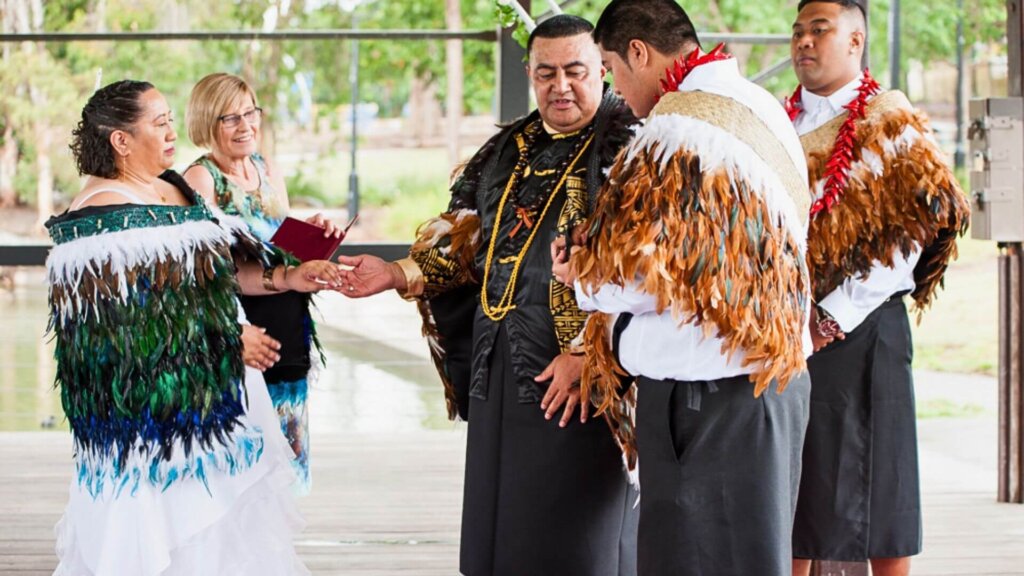
Matariki Celebrations
During Matariki – the Māori New Year traditional clothing takes center stage, symbolizing renewal, remembrance, and pride. Communities gather in korowai, piupiu, and taonga, celebrating their roots while embracing the future.
Through both ancestral garments and contemporary adaptations, Māori attire remains a living testament to cultural identity, evolving yet deeply rooted in tradition.

Kapa Haka Performances
The Kapa Haka is an intense expression of Māori pride and strength, and clothing enhances its visual impact. Piupiu skirts rustle in rhythm, amplifying the power of each stomp and chant. Warriors also wear taonga (sacred jewelry) and tā moko (tattoos), each element reflecting tribal identity and ancestral heritage.

Gender-Specific Māori Clothing
Maori traditional clothing varies between men and women, with distinct garments reflecting status, role, and cultural identity. While men’s attire often emphasizes strength and leadership, women’s clothing highlights grace, spirituality, and ancestral connection.
For Men
Māori men traditionally wore garments suited for ceremonial events, performances, and leadership roles. Their outfits typically included:
- Top: Korowai (cloak), Kahu Huruhuru (feather cloak)
- Bottom: Piupiu (flax skirt)
- Footwear: Barefoot or flax sandals in some cases
- Accessories: Tātua (belt), Taonga (Jewelry)

Our Maori Men Products are crafted from 100% premium polyester – durable, breathable, and built for strength and style. Only at Polynesian Pride Shop!
For Women
Women’s traditional attire combined woven textiles and adornments, symbolizing their roles in storytelling, spirituality, and heritage preservation. A typical outfit consisted of:
- Top: Pari (woven bodice)
- Bottom: Piupiu (flax skirt)
- Footwear: Barefoot or flax sandals in some cases
- Accessories: Taonga (pounamu pendants, bone/shell jewelry), Heru (carved hair combs)

Shared Garments & Cultural Identity
Despite gender distinctions, some garments – such as korowai, tātua, and taonga – are worn by both men and women, emphasizing the communal nature of Māori identity. These shared elements reflect the Māori belief in collective strength, heritage, and unity.
From elegant dresses to sporty shirts, Polynesian Pride Shop brings you Māori Women’s Fashion that’s comfortable, stylish, and built to last!
Spiritual Significance of Maori Clothing
Māori traditional clothing carries spiritual power, with mana (authority) and tapu (sacredness) woven into every garment. They’re symbolizing ancestral guidance and respect.
Connection to Ancestral Spirits
Beyond fabric, Maori attire acts as a bridge between past and present. Wearing traditional garments invokes the presence of ancestors, strengthening identity and cultural continuity. This deep connection ensures that Maori clothing is not just attire but a living representation of heritage and spirituality.
Preserving Sacred Traditions
To protect this legacy, communities, and organizations actively pass down weaving techniques and cultural knowledge. Workshops and intergenerational exchanges keep these traditions alive, ensuring younger generations understand the sacred significance of Māori clothing.

Reclaiming Identity Through Cultural Events
Cultural festivals and exhibitions provide platforms to celebrate and reclaim Maori identity, fostering pride and appreciation within and beyond Maori communities. By wearing traditional garments, individuals demonstrate their heritage and ensure these traditions remain vibrant in modern times.
Traditional Maori Costume in Modern Times
As Maori culture evolves, traditional clothing continues to adapt, blending heritage with modern influences. This fusion reflects the resilience of Māori identity in contemporary society.
Cultural Adaptations in Fashion
Modern designers incorporate Māori elements into contemporary fashion, ensuring cultural integrity while appealing to wider audiences. Collaborations with Māori weavers preserve authenticity, allowing traditional motifs to thrive in modern styles.
Revival of Weaving Traditions
A resurgence in Māori weaving strengthens cultural preservation. Community workshops and educational programs pass down these skills, reaffirming ancestral connections. Handwoven garments remain symbols of resilience, carrying the stories of past generations.
Young Maori & Traditional Dress
Younger generations embrace traditional clothing as a statement of identity and pride. Cultural events, kapa haka performances, and social media platforms provide spaces to celebrate and showcase Maori attire, fostering deeper cultural appreciation.

Traditional Māori clothing continues to evolve, ensuring its legacy remains woven into the fabric of modern Māori life.
Embracing the Past, Weaving the Future!
Maori traditional clothing is vital to heritage, blending history and culture with modern influences. Preserving these garments through education and community efforts ensures that Māori identity continues to thrive. Embrace and explore the rich traditions of Māori clothing to keep these cultural practices alive.
FAQs
What is the name of the Māori traditional clothing?
Kahu huruhuru is a prestigious garment worn by Māori chiefs and other important people. It is a symbol of status and mana (power). Piupiu: A skirt made from strips of flax. Piupiu is worn by both men and women and is a common item of clothing at Matariki celebrations
What did Maori people wear?
Māori constructed and wore practical, protective garments in hardy materials to keep warm and dry. These included rain capes and cloaks made from a variety of materials. Shorter than a cloak, rain capes were covered with hukahuka, strips or shreds of fiber, twined in rows that resembled roof thatching.
What is the traditional costume of New Zealand?
New Zealand does not have a specific national dress. Customary Māori cloth is the only form of dress that is distinctive to New Zealand. Kahu (cloaks) give significant mana and honor to official occasions, such as royal tours and state funerals.
Why do Māori wear piupiu?
Piupiu is a modern Maori garment usually worn around the waist as a skirt and often forms part of the costume for Māori cultural performance, kapa haka. Piupiu came into prominence after contact with Europeans.

I am Leilani Miller – I research focusing on Vanuatu – volcanic landscapes, blue holes, coral reefs & rainforests. I have over five years of experience researching and sharing insights on tourism and environmental activism. Explore and experience without limits through my latest article.
Contact information:
Email: [email protected]
Tel: +1 (808) 555-1528

